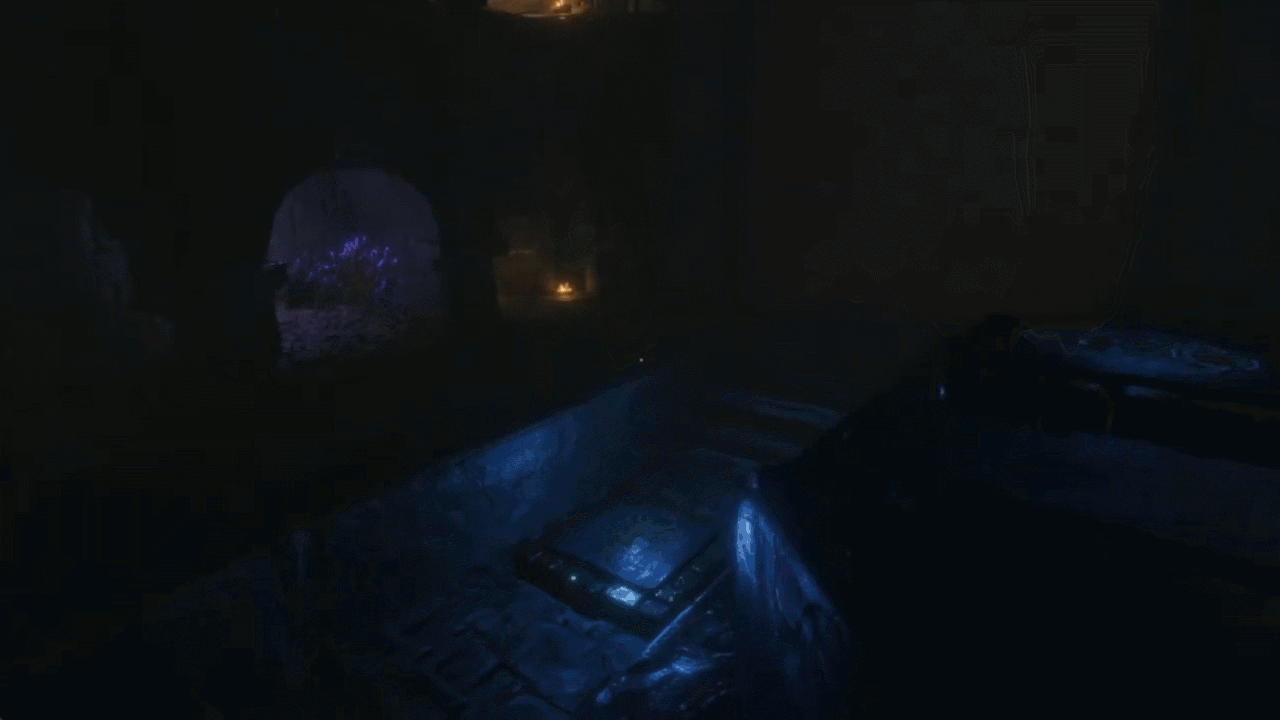Underworld Ascendant
Steam Page
Role: Additional Design, Quality Assurance
Team Size: 15 to 20 people
Development Period: November 2017 to June 2019
Underworld Ascendant is a game attempting to emulate immersive sims of years past, positioning itself as a spiritual successor to Ultima Underworld. First employed as a Quality Assurance tester, I was able to suggest and even implement a few features during less intense periods of development.
After the game's initial ship, we were fortunate enough to be given resources for a few updates. During these updates, I was more explicitly given design tasks and responsibilities, and by Update 2 going live I was given a credit for Additional Design.
For Update 4, I was put in charge of designing and implementing five rooms to accommodate a new quest type where the player needed to rescue an imprisoned character. Intended to serve as more puzzle-like areas, I had to figure out a few interesting combinations of existing systems to leverage into engaging problems. Seeing as traps were underutilized in the base game, I focused on pushing them as tools rather than combat elements in order to accomplish a number of these.
Going over the minutiae of five of these rooms is probably too much, so I'd like to focus on what I think is the best example: the room added to the Titan's Reach level.
Layout and Iteration On Space
The process of creating these rooms had me working closely with Justin Pappas, lead level designer on Underworld Ascendant. While planning these spaces, Justin tried to emphasize the idea of the Bauhaus art movement, often reminding me "form follows function". As such, I was encouraged to reduce the elements of each puzzle to their bare minimum, which allowed me to focus more on the framing of each room rather than getting bogged down in making some complex problem for players to solve.
Our process involved me starting with translating ideas for puzzles into paper maps, shown above. Justin would review each sketch with me and make suggestions as to how the spaces could be simplified, which I would then use as the basis for a new iteration. After a couple of these for each room, I'd move to blocking out these areas in Unity. Some of these ended up being very close to the diagrams on paper, while others, like the example in Titan's Reach, ended up being radically different from experimentation in the editor.
Design and Player Direction
A goal I had when making these puzzle rooms was to re-contextualize systems we had underutilized at launch. Traps weren't reliable to use against enemies, existing mostly for the player to avoid. Once the player figured out how to circumvent them, they ceased to be interesting.
I thought it'd be interesting to use an arrow launcher trap as a puzzle piece. The launcher was able to shoot any prefab with physics, not just regular arrows, which we hadn’t taken advantage of. Experimenting with launching blast arrows, which create a physics force on impact, I landed on the idea of knocking down a crate from a ledge to weigh down a switch.
Shaping the space to call attention to the pressure plates' effects was crucial. The central divot, where the plate to the portcullis is, forms a path between the entry and the portcullis on the far end, so that the player faces towards the gate while walking through. The ledge with the other pressure plate is positioned so the player will walk towards the center of the room out from the wall, lining up their line of sight with the launcher when standing on the plate.
Framing and Lighting
While making these sketches, I was encouraged to think about what the player’s first view of the room would be, which we called the "initial read". This was vital, as the making this more digestible can make the player’s first moments in a room all the more effective.
While lighting the space, I was pushed to ensure each element was given enough room on screen to be perceived as separate by the player. An effective strategy was placing important objects in alcoves framed by an arch; not only did this physically isolate elements, it also cut off lights with sharp lines in the surrounding geometry, creating clear shadowed boundaries.
Color was also helpful. The fantastic visual style of Underworld Ascendant allowed for use of different colors for lights, helping further push distinction between puzzle elements. I was mindful of grounding these with light sources, such as using purple grass billboards for violet point lights, and blue point lights for pressure plates.







